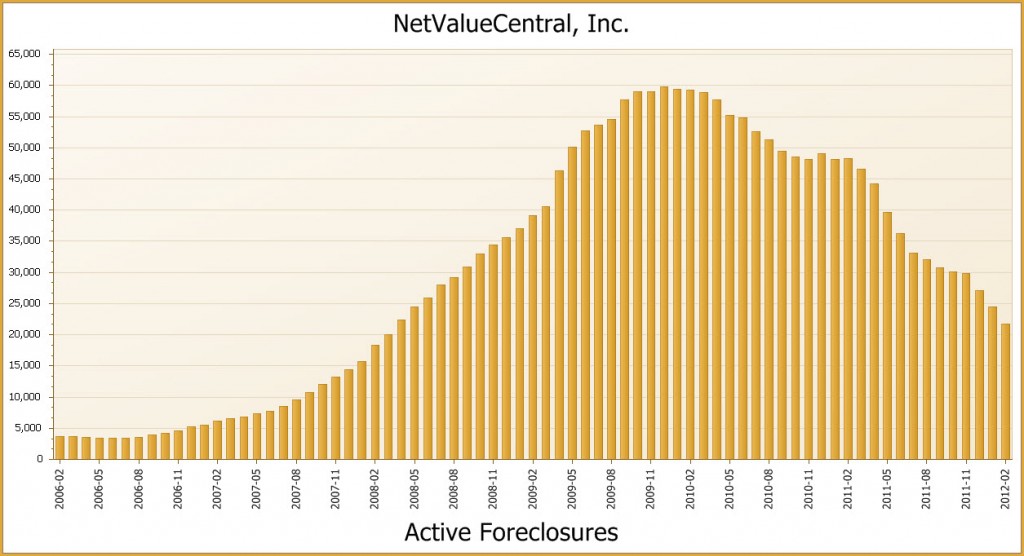(TheNicheReport.com) The foreclosure avalanche precipitated by the bursting of the American real estate bubble continues to be sharply felt in neighborhoods across the United States. Many borrowers ended up losing their homes to foreclosure due to risky subprime mortgages and their general inability to repay the loans. Others may have had excellent credit but ended up in foreclosure due to the sudden depreciation of home values and unemployment. There is yet a different type of homeowner altogether; the type who has more than enough money to continue making payments, yet voluntarily allows his or her mortgage to default.According to a report recently published by housing data research firm RealtyTrac, almost two percent of all foreclosure filings last year were on properties once valued at more than $1 million. This represents more than 36,000 homes, and it is the highest level of luxury real estate foreclosures recorded since the beginning of the housing crisis five years ago.
In stable real estate markets, high-end residential properties rarely end up in foreclosure. Since 2007, the rate of foreclosed luxury homes priced $1 million or higher has more than doubled, and the rate of mortgage defaults on properties valued $2 million and above has almost tripled. There is one difference between these high-end foreclosures and those of homes that are closer in value to the national median real estate prices: strategic default.

Million-dollar foreclosures are often the product of strategic default, a shrewd financial maneuver whereby a wealthy borrower who could easily afford to continue making payments decides to walk away from the property. Such a move may seem anomalous, but with the current outlook for economic recovery, it is likely to continue and even increase. Strategic defaults are akin to business decisions in the sense that the homeowner is looking at the property not as a home, or a roof over the heads of a family, but rather as a non-performing asset in a financial portfolio.
One of the reasons for the up-tick in luxury home foreclosures has a lot to do with the slight improvements seen in the real estate and mortgage markets. It may still take some time for a full housing recovery to be experienced in the United States, and wealthy homeowners know that it will take them some time to repair the blemish created on their credit history by the strategic defaults.



